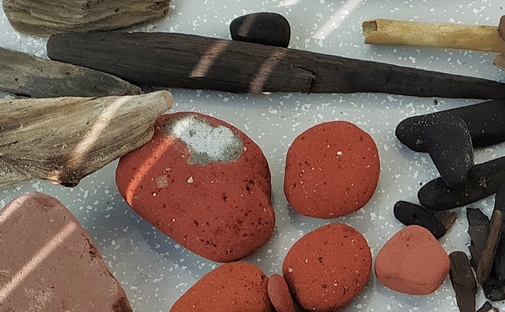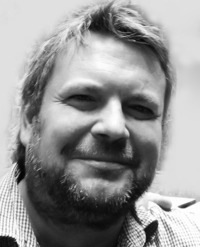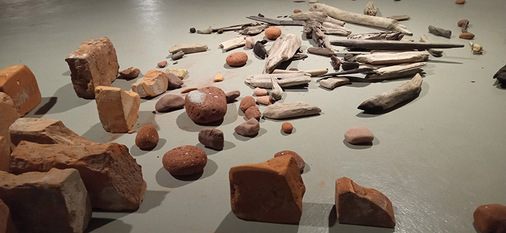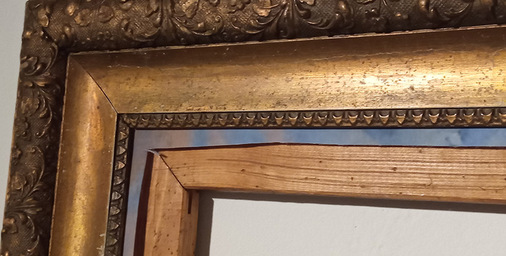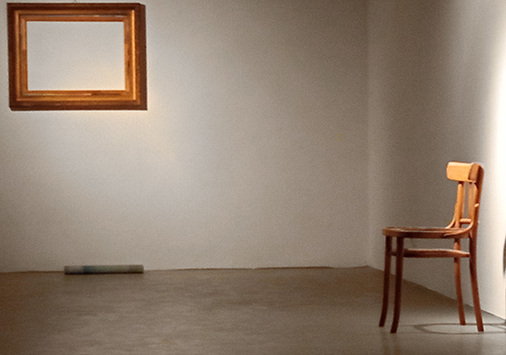Galeria AT
Galeria AT- Artyści
- Historia
- Kontakt
- KSIĄŻKA I CO DALEJ
- Plan galerii
- wideo
- Linki
- wydawnictwa
- BWAszczecin1992
- pokaz prac wroclaw
- lekkosc rzeczy1997
- „LEKKOŚĆ RZECZY”
- Lugowski19
- tyczynska19
- jagielski21
- aktualne2
- misiak21
- Luczak21
- solowiej21
- tobias
- Peplonski22
- polus22
- Klich23
- Balcerowiak
- Molenda
- Bogusz2023
- Sałaj 2023
- Bogusz23
- Winterhagen23
- bromboszcz24
- Wspolne gesty
- Reportaz
- Brzoska24
- Adamczewska24
- Polus24
- wierzbicki24
- drewicz24
- mlacki
- Brandt25
- Berdyszak 2000
- Berdyszak 2025
- Wilmanski25
O ekspozycji przygotowanej obecnie do przestrzeni Galerii AT pt. „Morze Człowiek” Balcerowiak napisał, cytując na wstępie Rem Koolhaasa, wybitnego holenderskiego architekta i publicysty:
„Jest ironią losu, że w architekturze jedno z haseł paryskiego maja 1968 roku: ‘Pod chodnikami – plaża’ zostało przetłumaczone jako ‘więcej chodnika mniej plaży’.
Natura i Kultura to opozycje, które zdominowały myślenie XIX i XX wieku. Dopiero XXI wiek zdetronizował dotychczas niezachwianą pozycję człowieka – twórcy. Uświadomienie, że żyjemy w antropocenie pozwoliło na włączenie podmiotów pozaludzkich, jako równoprawnych człowiekowi. Natura - w tym zwierzęta i rośliny przestały być przedmiotami, a stały się równoprawnymi uczestnikami naszego życia, a przynajmniej humanistycznej refleksji. W konsekwentnie realizowanej koncepcji ‘obiektu w grafice’ również rzeczy uzyskały swoją podmiotowość. Na wystawie prezentowana jest jedna praca, w której odnalezione obiekty w grafice wzajemnie się uzupełniają. Z jednej strony historia słynnej plaży, skradzionej przez człowieka, a z drugiej morze, które zabiera to co człowiek stworzył. W tej wzajemnej relacji kultury i natury być ‘morze’ tym razem przegra człowiek”.
About the exhibition currently prepared for the space of the AT Gallery entitled "Sea Man" Balcerowiak wrote, quoting Rem Koolhaas, an outstanding Dutch architect and journalist:
"It is ironic that in architecture one of the slogans of Paris in May 1968: 'Under the pavements - the beach' has been translated as 'more pavement less beach'.
Nature and Culture are oppositions that dominated the thinking of the 19th and 20th centuries. It was not until the 21st century that the hitherto unshakable position of the man-creator was dethroned. Realizing that we live in the Anthropocene allowed for the inclusion of non-human entities as equal to humans. Nature - including animals and plants - ceased to be objects and became equal participants in our lives, or at least in humanistic reflection. In the consistently implemented concept of the 'object in graphics', things also gained their subjectivity. The exhibition presents one work in which the found objects complement each other in graphics. On the one hand, the story of the famous beach, stolen by man, and on the other, the sea that takes what man has created. In this mutual relationship between culture and nature, the ‘sea’ will be lost this time to man.”
Krzysztof Balcerowiak (ur.1977); w latach 1996-2001 studiował grafikę na Akademii Sztuk Pięknych w Poznaniu. Obecnie prowadzi Pracownię Offsetu na Wydziale Grafiki i Komunikacji Wizualnej w Uniwersytecie Artystycznym w Poznaniu. W swojej twórczości zajmuje się przede wszystkim grafiką, instalacją. Prace artystyczne prezentował na wielu wystawach indywidualnych i zbiorowych w Polsce i zagranicą. Mieszka i pracuje w Poznaniu.
Krzysztof Balcerowiak (born 1977); in years 1996-2001 he studied graphics at the Academy of Fine Arts in Poznań. Currently, he runs Offset Studio at Faculty of Graphics and Visual Communication at the University of Arts in Poznań. In his work, he mainly deals with graphics and installation. He presented his artistic works at many individual and group exhibitions in Poland and abroad. He lives and works in Poznań.
Powered by Siteor.pl | Copyright © 2011 Galeria AT
Witryna odwiedzona razy.
